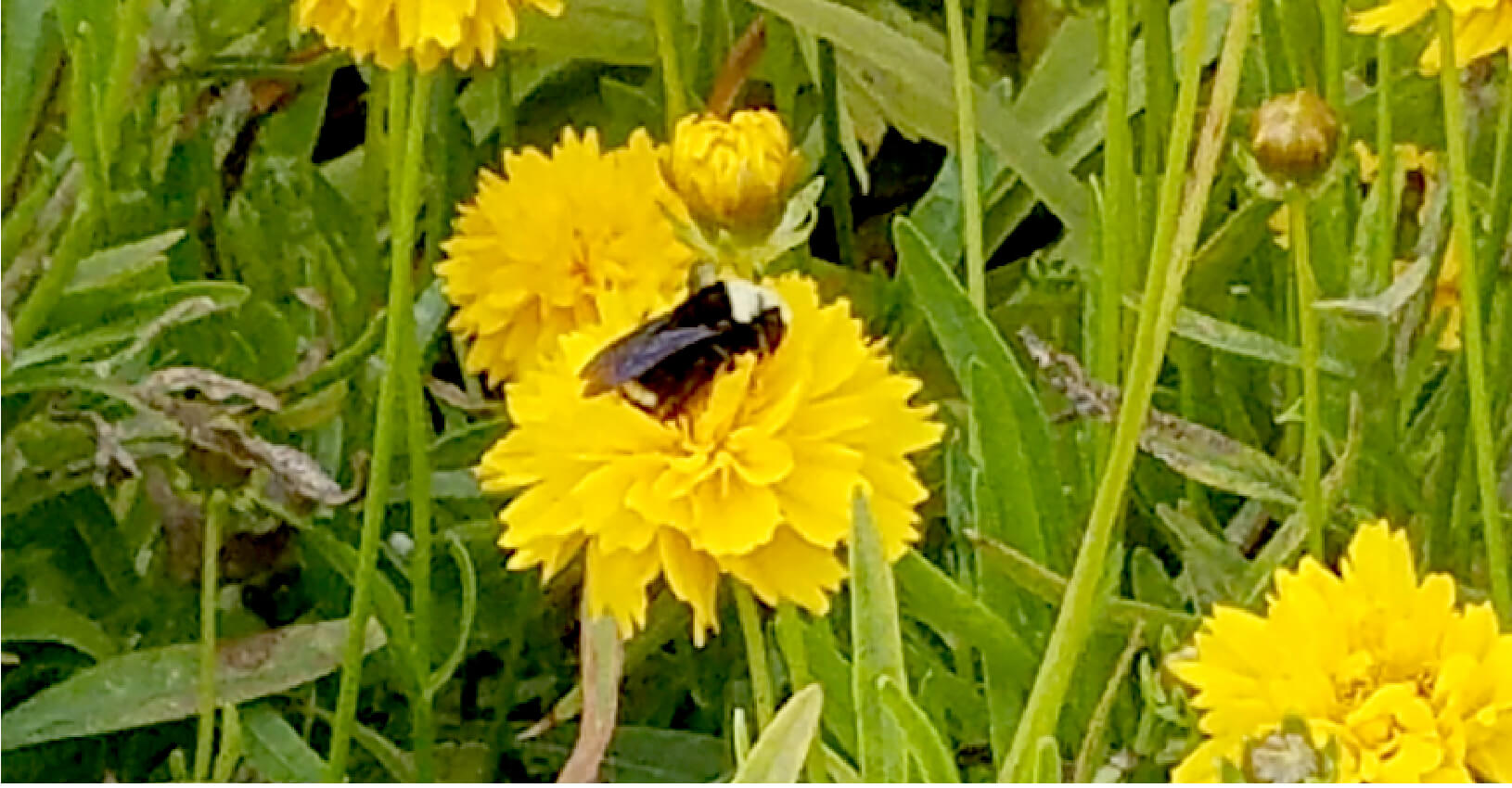There are roughly 1,600 species of native bees in California. The insects are active when their favored flowers – those that provide nectar and pollen to support reproduction – are available. When those florae aren’t present, neither are the bees.
Although some bees are active during the rainy season, most are either still developing or hibernating in their ground or cavity nests, waiting for the right floral season to come around.
Because plants and bees evolved together there’s probably a bee that fits every size of flower. Bees and vegetation are closely adapted to each another, arising from their beneficial interactions during flower pollination. Bees use flower pollen and nectar to provision their nests. Flowers also serve as patrol sites for male native bees looking to mate with nest-building, pollen-collecting females of the same species.
Flowering plants need help with reproduction since they cannot move to their potential mates. Although some release pollen on the wind to fertilize same-species flowers, others have their pollen moved from flower to flower by a nectar-attracted animal, often a bee that’s been dusted with extra pollen.
North American native bees are distinct from Honeybees, which were brought to the United States by European colonists for honey production and crop pollination. They compete for resources with native bees. Honeybees are arguably the most recognizable bees in America, but they’re domesticated insects, living in human-made hives, deployed mostly to service agriculture. Expanding native pollinator vegetation increases resource availability to native bees.
Bumble and Carpenter bees are large – often more than one inch – generally black and yellow or black and tan. Bumble bees can fly throughout the winter since San Francisco’s mild climate rarely dips below 50 degrees Fahrenheit, taking advantage of winter-flowering plants, such as Cyclamens and Amaryllis. Bees can also be less than one-quarter inch.


